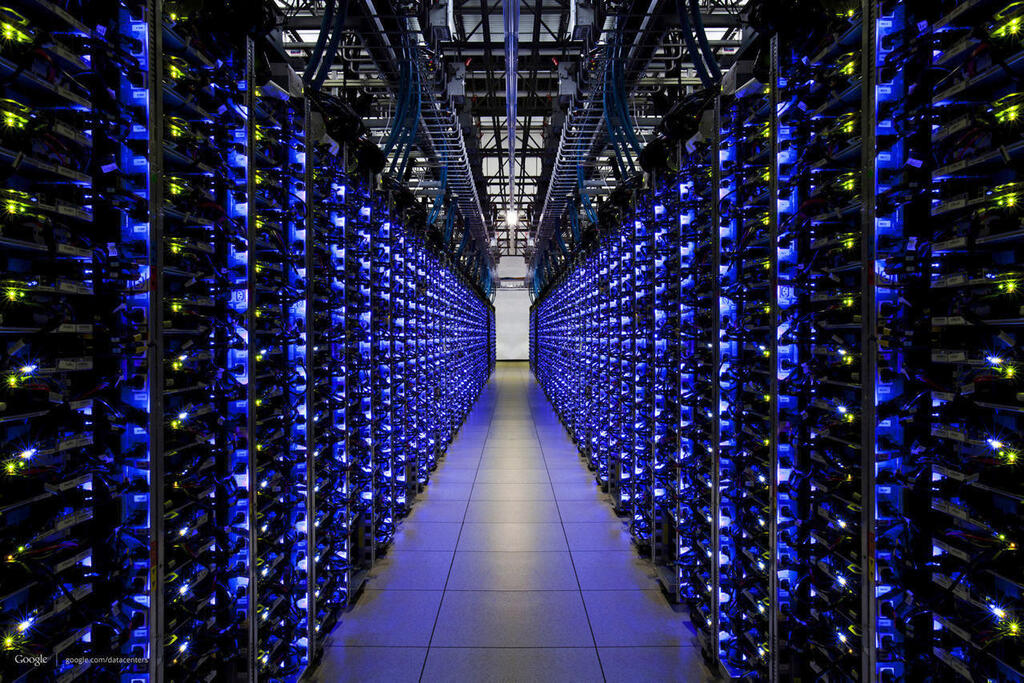
Google’s AI ambitions threaten carbon neutrality pledge
Data center expansion leads to 48% Increase in emissions since 2019
The commitment of technology giants like Google to artificial intelligence and the construction of data centers has led to significant increases in carbon emissions. Google's carbon emissions have surged by 48% since 2019, casting doubt on the company's ability to achieve its goal of balancing its carbon emissions by the end of the decade. This increase is documented in Google's annual environmental impact report, which highlights the challenges the company faces as it scales up its AI and data center infrastructure.
This trend is not unique to Google. Microsoft has reported a 30% increase in carbon emissions since 2020, primarily due to the construction of new data centers. The AI revolution and the competition among tech companies to develop and operate advanced models have driven a global increase in the demand for computing power. This surge raises concerns about the ability of these companies to meet their emissions reduction targets and the broader impact on the global climate crisis.
In September 2020, Google announced an ambitious climate plan, aiming to balance all its greenhouse gas emissions by 2030. A key component of this plan involved transitioning its data centers to renewable energy. However, the rapid expansion of AI capabilities has complicated these efforts. The energy demands of training and running modern AI models have led to increased carbon emissions from data centers. For instance, training OpenAI's GPT-3 model alone resulted in emissions equivalent to 550 round-trip flights between New York and San Francisco.
The increasing energy requirements necessitate the construction of more advanced data centers and computing infrastructures, which in turn consume more energy. In 2023, Google had hoped to reduce the carbon footprint of AI systems through efficient models, processors, and data centers powered by clean energy sources. However, the company's latest data suggests the opposite trend. In 2023, Google's activities resulted in 14.3 million tons of carbon emissions, a 13% increase from 2022 and a 48% increase from 2019. This increase is attributed to the rise in emissions from data centers and the supply chain, as the company integrates AI into its products.
Google acknowledges the complexity and evolving nature of predicting the future environmental impact of AI, and its historical trends do not fully capture the future trajectory. While the company remains committed to its 2030 goals, it now describes them as "very ambitious" and warns that it may not meet them. The company anticipates that emissions will continue to rise before eventually decreasing toward the target.
Google is not the only tech giant facing these challenges. Microsoft has also reported significant increases in carbon emissions, driven by the expansion of its data centers. Although Amazon has not yet released its 2023 climate report, it is also heavily investing in data centers as the world's largest cloud service provider. In 2022, Amazon's emissions totaled 71.27 million tons of carbon, a 39% increase from 2019.
The problem extends beyond data centers and technology companies. Analysts at the investment firm Bernstein have warned that artificial intelligence is expected to double the rate of growth in U.S. electricity demand, potentially exceeding supply within the next two years. The unprecedented demand for data centers poses a challenge to the existing power grid capacity, and the rapid development of polluting energy sources may further exacerbate carbon emissions, hindering efforts to meet global emission reduction goals.














